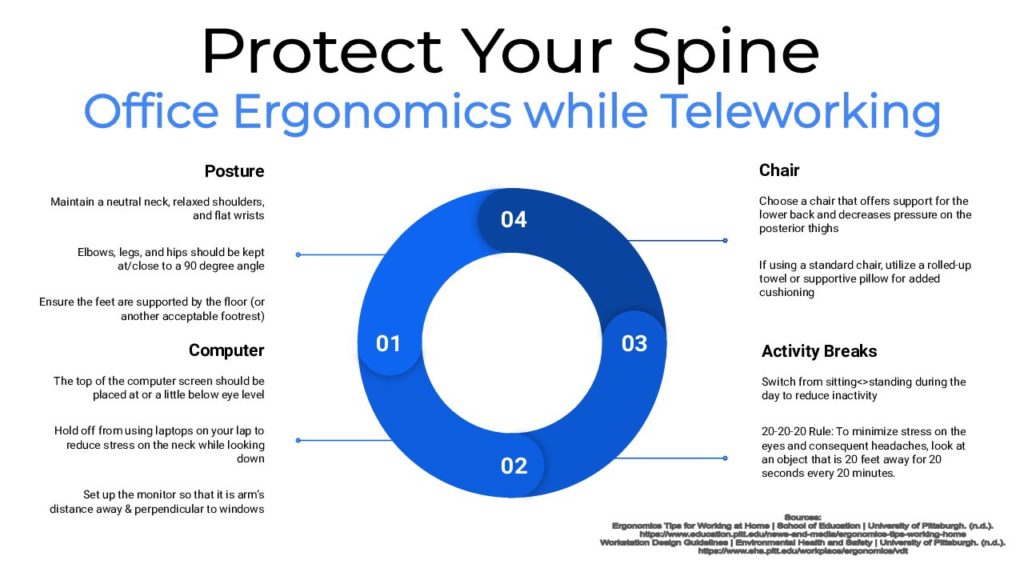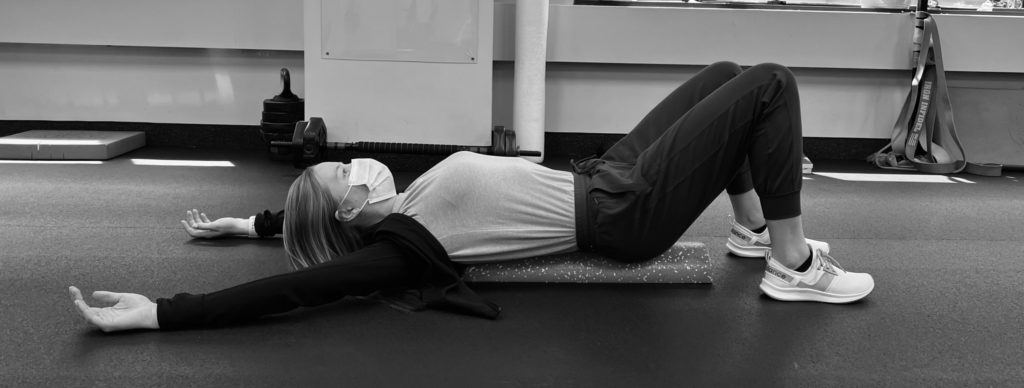A simple answer is yes, exercising while pregnant can be very beneficial to expecting mothers. There are certain instances, such as high risk pregnancies, where your doctor will likely tell you to avoid non-essential physical activity, but for most pregnant women it is recommended. Below are some guidelines and tips on how to exercise safely while you are expecting.
- Talk with your doctor – make sure you are aware of any restrictions or guidelines your OB-GYN wants you to follow.
- Pre-pregnancy activity levels should equal pregnancy activity levels – being pregnant is not the time to go from couch to 5k if you were sedentary previously. Performing very strenuous exercise such as running a marathon or playing contact sports is not recommended. If you are unsure, always contact your physician.
- Adjust as necessary – as your body changes, your physical activity may also change; be sure to listen to your body and make good/safe choices.
- Avoid exercising on your back – as the baby grows, it can place more pressure on major blood vessels if you exercise on your back for a prolonged period of time.
- Avoid excessive stretching – to help with the birthing process, a woman’s body produces hormones that increase the flexibility of your ligaments. This is something to be aware of while exercising since it puts you at a slightly higher risk of injury.
- Remember to breathe – while it is always important to breathe throughout an exercise, it is particularly important while exercising when expecting. Holding your breath causes increased pressure in your abdominal cavity and can decrease the amount of oxygen being brought to the placenta


